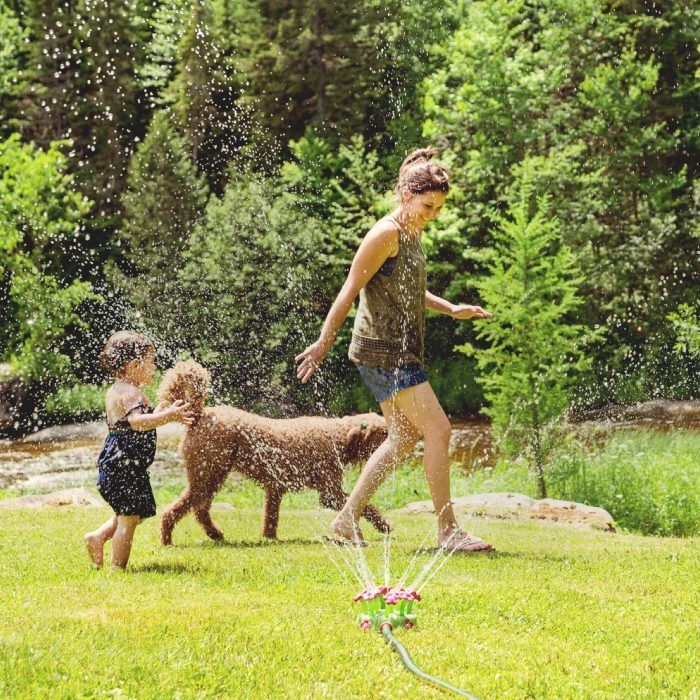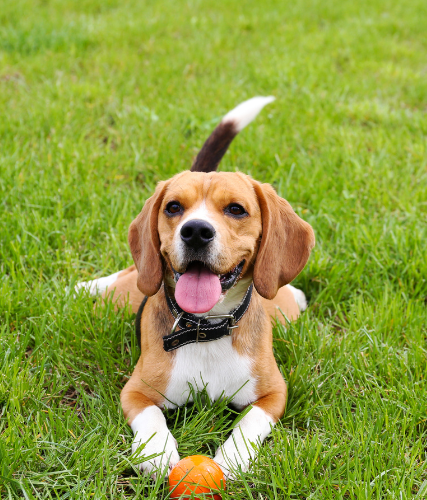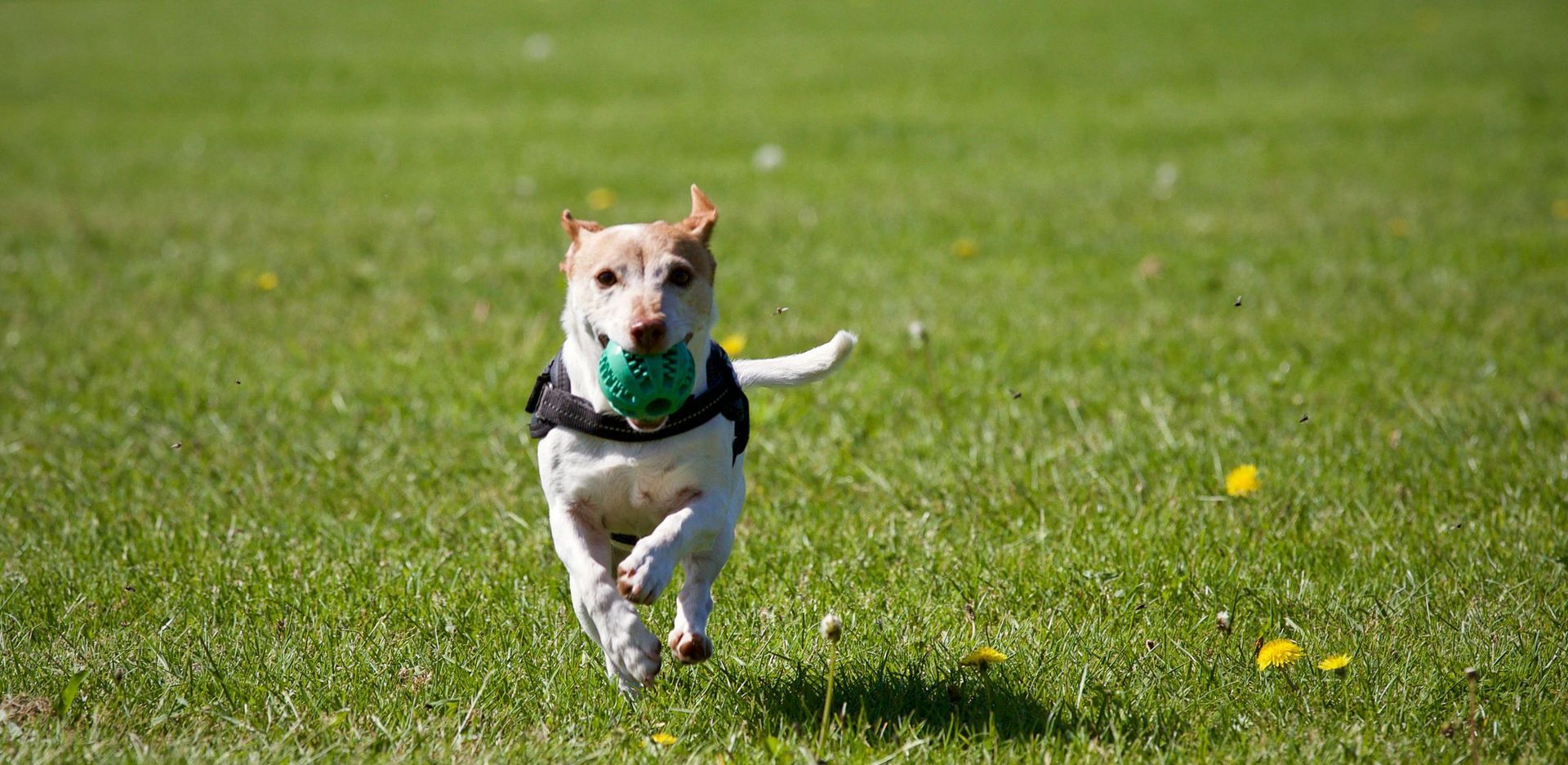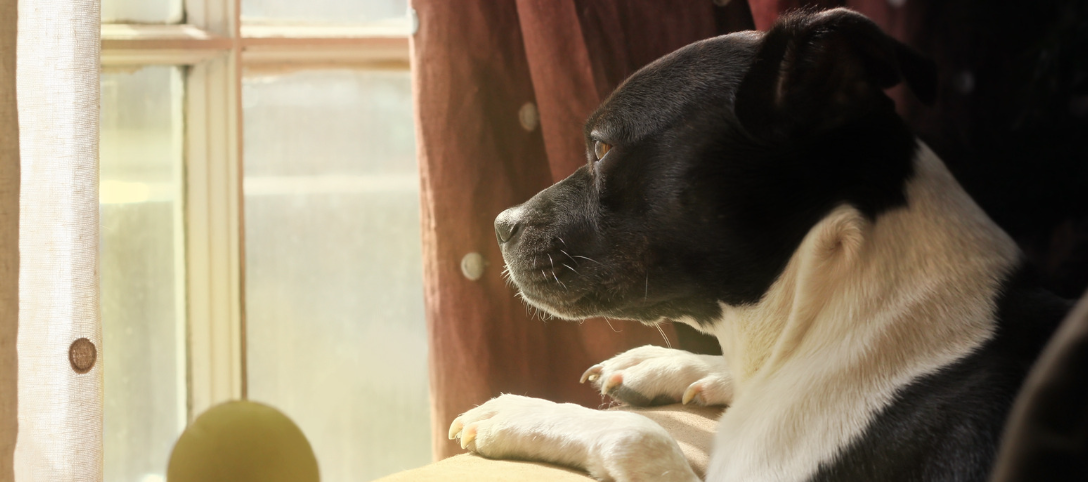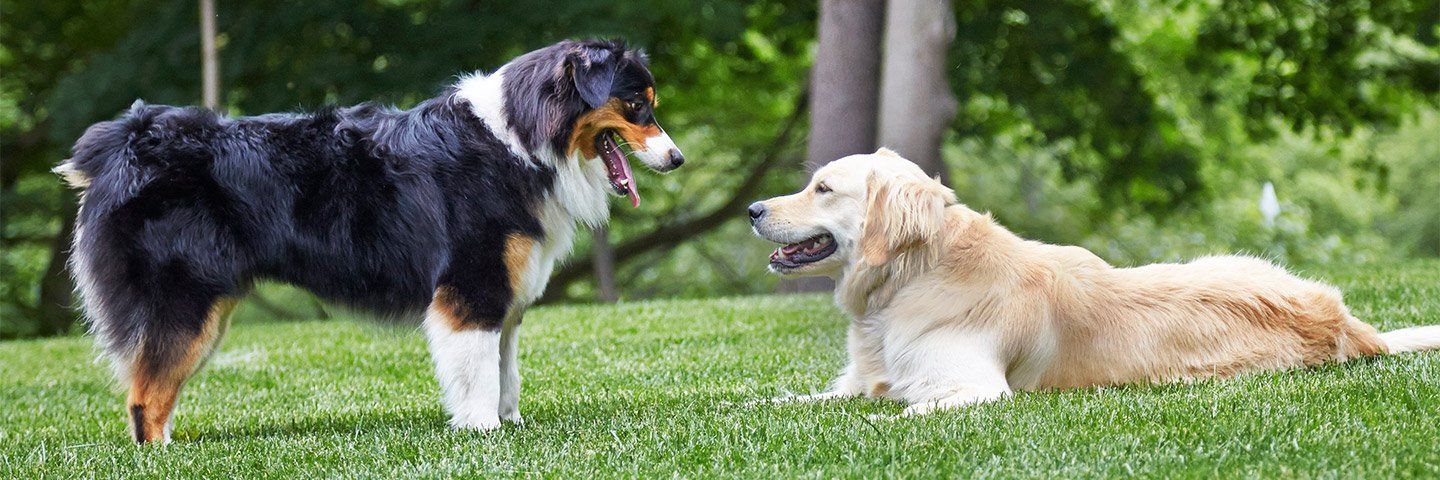Invisible Dog Fences: Ensuring Pet Safety and Freedom
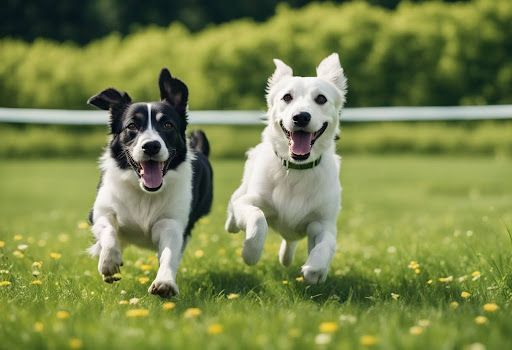
Pet owners often find themselves caught between the need to ensure the safety of their pets and their desire to give them the freedom to roam.
Invisible dog fences offer a solution by allowing pets to explore without physical barriers.
These fences use a combination of technology and training to create a secure boundary, providing peace of mind to pet owners.
Invisible dog fences are about more than just advanced technology. They can enhance a pet's quality of life by providing the freedom to roam while maintaining safety.
With proper installation and training, these fences can be an effective way to ensure pets stay within designated areas without the visual clutter of physical barriers.
Understanding Invisible Dog Fences
Invisible dog fences provide a boundary that can keep pets safe while granting them the freedom to roam within a designated area. They offer a blend of technology and training, making them a flexible solution for pet owners.
Types of Hidden Fences
Hidden fences come in several forms, each designed to cater to different needs.
In-ground fences involve burying a physical wire around the desired boundary area. This setup offers a consistent boundary but requires installation effort.
Alternatively, wireless dog fences utilize a central transmitter to establish a circular boundary through radio signals. These systems are portable and easier to set up.
GPS dog fences replace physical boundaries with satellite tracking, offering precise control over larger areas without the need for wires.
How Invisible Dog Fences Work
The system's core components include a transmitter and a receiver collar worn by the dog.
For wired systems, the transmitter sends a signal through the buried wire, defining the boundary.
Wireless systems broadcast signals within a predefined coverage area. The receiver collar detects these signals, emitting a tone or mild correction when the pet approaches the boundary.
For GPS systems, boundaries are set with coordinates, and the collar uses satellite signals to monitor the pet's location. GPS fences are ideal for larger properties, offering flexibility without physical containment.
Key Components of an Invisible Dog Fence System
An effective invisible dog fence involves several key components.
The transmitter is critical for sending boundary signals, whether through wire, radio, or GPS.
The receiver collar communicates with the transmitter, providing feedback to the pet. This feedback might be a tone, vibration, or a mild static correction to deter crossing the boundary.
Buried wire is used in in-ground systems, providing a precise and customized boundary line. Meanwhile, coverage area adjustments are vital in wireless and GPS systems, ensuring the containment area is appropriate for the pet’s size and temperament.
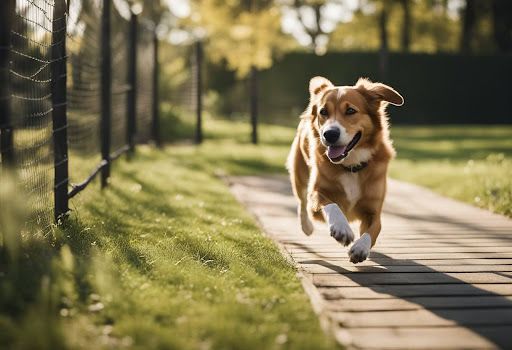
Selecting the Best Invisible Dog Fence for Your Pet
Selecting an invisible dog fence is a key decision for pet safety. Different types offer various features and benefits. Key factors, specific recommended products, and a comparison between wireless and wired options are crucial.
Factors to Consider When Choosing
When choosing an invisible dog fence, consider coverage area, pet size, and installation requirements.
Wireless systems, like the SpotOn GPS Dog Fence, provide flexibility but might have a limited range. Wired systems, such as the Extreme Dog Fence, offer more consistent boundaries but can be labor-intensive to set up.
Some fences include training aids, which can be beneficial for first-time users. Others may have waterproof collars for added durability. Battery life is another vital factor, with options like the SportDog system offering rechargeable collars. Check for reliability and warranty to ensure long-term use.
Comparing Wireless and Wired Systems
Wireless systems provide flexibility and ease of installation, suitable for renters or those who frequently relocate. They usually operate within a specific radius, which can limit expansive layouts.
Wired systems, in contrast, offer more precise boundary configurations and are generally more reliable in terms of signal strength. Installation can be more complex but allows for greater customization. Decide based on the property type, pet needs, and personal preferences.
Installation and Training Your Dog
When installing an invisible dog fence, choices between professional and DIY setups factor into the decision. Proper boundary training ensures successful adaptation for the pet. Safety features like waterproof collars and adequate battery life are also critical for an optimal experience.
Professional vs. DIY Installation
The choice between professional and DIY installation can significantly affect the system’s effectiveness.
Professional installation often includes mapping out the property, setting up perimeter wiring, and initial dog training. Installers typically possess specialized knowledge and tools, which may result in a more reliable setup. Professional options might also offer training videos as a part of their service for additional guidance.
For those opting for DIY installation, it involves purchasing a quality kit with instructions. Key components should include wires, transmitters, and a rechargeable collar.
While this can be more cost-effective, it demands careful attention to detail. Improper setup may lead to inconsistent signals, affecting boundary training success.
Boundary Training for Dogs
Effective boundary training is crucial for a dog's adaptation to underground dog fences.
Initial training involves introducing the dog to boundary flags placed around the perimeter. Walking the dog within the controlled area helps them understand physical limits.
Short, positive training sessions are recommended to prevent stress.
Use of a dog collar with adjustable settings should be considered. Some collars emit sounds or mild vibrations before issuing a corrective shock, which aids in initial training.
Over time, dogs learn to recognize boundaries marked by flags, gradually reducing reliance on the correction feature. Consistency and positive reinforcement, such as treats and praise, accelerate the learning process.
Safety and Comfort Considerations
When selecting a hidden fence, safety and comfort take precedence.
Waterproof collars ensure durability in various weather conditions and during water play. Battery life is important, as frequent charging can be inconvenient. Rechargeable collars should offer long battery life to minimize maintenance.
Safety features like adjustable shock settings and optional non-shock vibes or sounds help tailor the experience to each pet's sensitivity.
Regular inspection of the collar and system is essential to prevent malfunction or discomfort. Proper fit ensures no chafing or injury, allowing the dog freedom without sacrificing well-being.
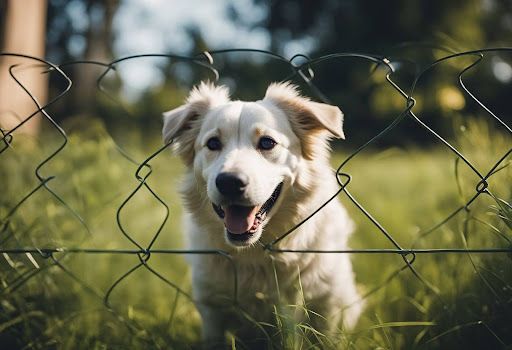
Maintenance and Support
Regular maintenance is essential for the optimal functioning of an invisible dog fence.
Users should routinely check the pet containment system to ensure all components are operational. This includes inspecting the wiring of electric fences for any wear or damage.
Battery life is a crucial aspect of maintenance. Many systems operate with a rechargeable battery. It's advisable to recharge or replace the battery according to the manufacturer's instructions. A depleted battery can compromise the effectiveness of the system, reducing pet safety.
Customer support is an important resource for users encountering issues.
Most providers offer support through various channels, such as phone or email. Getting assistance for troubleshooting or addressing technical problems promptly ensures the continuous operation of the electric fence.
List of maintenance tasks:
- Inspect the wiring and transmitter.
- Test the collar's receiver functionality.
- Recharge or replace batteries as needed.
Keeping a maintenance schedule can help in preserving the system's integrity. Additionally, updating the system's software, if applicable, can enhance its performance and security features.
Frequently Asked Questions
Invisible dog fences offer unique benefits, enhancing pet safety and freedom beyond traditional options. Installation involves specific steps and costs, while ethical considerations and functionality across different dog sizes play crucial roles.
What are the advantages of using an invisible dog fence over traditional fencing?
Invisible dog fences minimize visual obstructions, seamlessly integrating into any landscape. They often reduce maintenance hassle and can be more cost-effective compared to traditional fences. Their flexibility allows installation in challenging terrains where physical barriers might struggle.
How do invisible dog fences ensure the safety and freedom of pets?
These systems create defined boundaries without physical barriers, utilizing signals to contain pets safely. Dogs receive training to recognize boundaries, which ensures they remain within safe areas. This setup allows pets the freedom to roam, reducing risks associated with conventional fences.
Can invisible dog fences be effective for dogs of all sizes, including small breeds?
Hidden fences accommodate dogs of varying sizes, including small breeds. System collars typically offer adjustability to fit comfortably.
It's essential to ensure that the correction levels are appropriate for the specific size and sensitivity of the dog to maintain effective containment and training.

